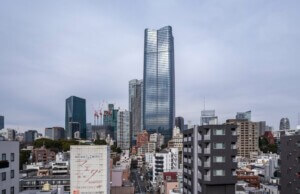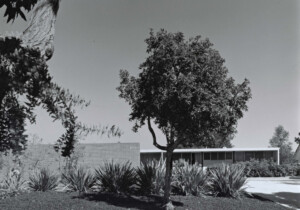While much ink has been spilled over the perpetually imminent demise of Kisho Kurokawa’s Nakagin Capsule Tower in Tokyo, it would appear that the end is once again nigh… perhaps for real this time.
As detailed by the Tokyo Reporter blog, Japanese media outlet J-Cast reported earlier this month that the management association for the 13-story mixed-use residential and office tower on the fringes of Tokyo’s Ginza district have voted to sell the iconic building to the landowner. This move could potentially lead to its demolition to make way for new development in the face of efforts to save and preserve the nearly 50-year-old landmark, which, as widely reported, has seen better days. In addition to standard wear-and-tear, the tower’s cantilevered capsule apartments have reportedly been without hot water since at least 2010 and the entire structure is seismically unfit.
“Aging has been a major issue in recent years,” Tokyo Reporter quoted Tatsuyuki Maeda, who owns 15 capsules at the tower, as saying. “I was looking for a developer who would leave the building standing while repairing it.”
He added: “We think that it is difficult for the management association to take measures against aging, such as large-scale repairs, so we will transfer the building from the association to the original landowner, which will be the purchaser.”
A promising plan to offload the building to a conservation-minded foreign buyer reportedly fell apart last year during the coronavirus crisis. This led the management association, which is comprised of tenants, to move to sell out of fear that it could building could “deteriorate further,” according to Japanese daily newspaper The Asahi Shimbun.
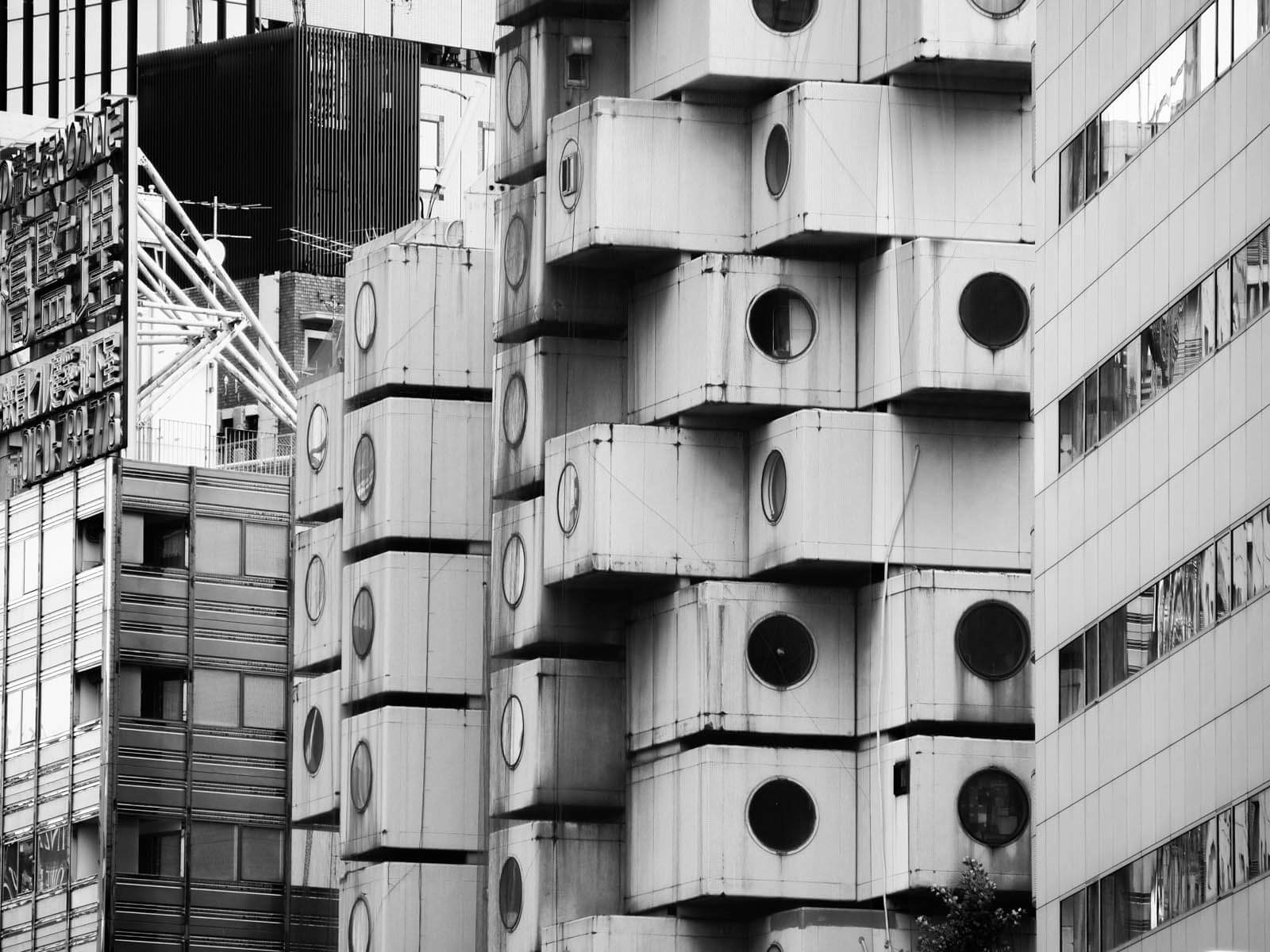
In addition to the pandemic severing what could have been a real estate-related lifeline for the building, Maeda also explained to The Asahi Shimbun that the cancellation of a planned architecture conference in Tokyo served as an additional blow, as there were plans to showcase the building—and make the case for its saving—during the event. “It feels like the coronavirus pandemic destroyed the opportunity for people from overseas to see and experience this building to reconfirm its value,” Maeda said, noting that there were hopes that a flurry of renewed international interest in the Nakagin Capsule Tower building would have led to its designation as a UNESCO World Heritage site.
“It feels like the coronavirus pandemic destroyed the opportunity for people from overseas to see and experience this building to reconfirm its value,” Maeda said.
Completed in 1972, the Nakagin Capsule Tower is a preeminent example of Japanese Metabolism, a post-war architectural movement led by Kurokawa, Kiyonori Kikutake, Masato Otaka, Pritzker Prize-winning Fumihiko Maki, and others. Originating at the 1960 Tokyo World Design Conference, the highly influential and thoroughly avant-garde movement envisioned massive, utopian structures that were adaptable, regenerative, resilient, and mimicked patterns of biological growth.
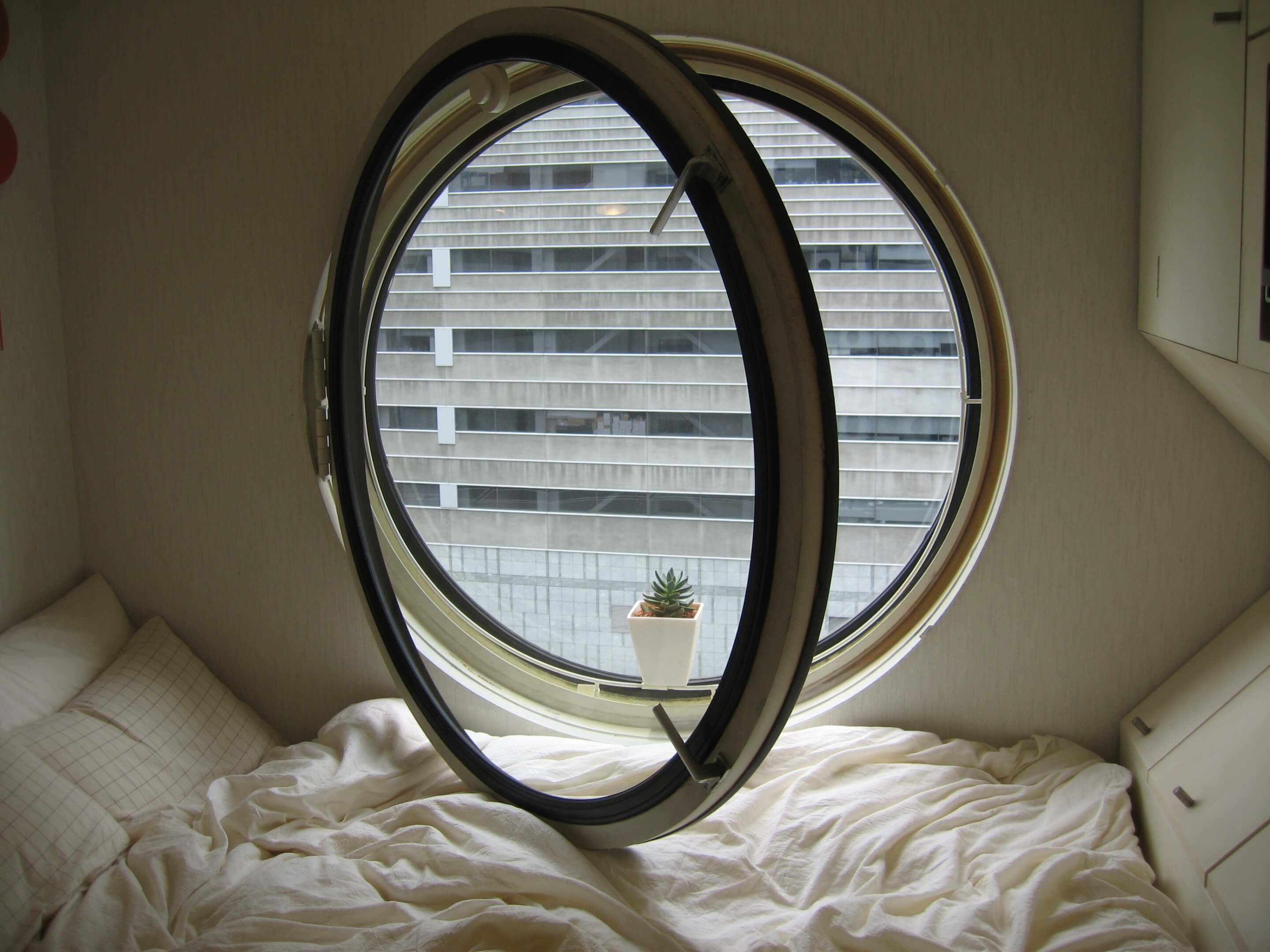
“Metabolism is the name of the group, in which each member proposes further designs of our coming world through his concrete designs and illustrations,” wrote the group in the opening of its manifesto, Metabolism: The Proposals for New Urbanism, which was published and distributed at the conference. “We regard human society as a vital process — a continuous development from atom to nebula. The reason why we use such a biological word, metabolism, is that we believe design and technology should be a denotation of human society. We are not going to accept metabolism as a natural process, but try to encourage active metabolic development of our society through our proposals.”
As for the Nakagin Capsule Tower, the structure is comprised of 140 prefabricated units attached to two interconnected concrete-and-steel cores by high-tension retaining bolts. The diminutive and utility-fitted capsules, initially envisioned as pieds-à-terre for Tokyo salarymen, were designed by Kurokawa to be removable, although none have ever been removed or replaced in the history of the building. Today, a modest number of the roughly 107-square-foot capsules remain in active use as residential dwellings; many have been converted into storage units, small offices, or abandoned altogether due to advanced deterioration. (They were intended to be replaced every 25 years.)
As noted by Tokyo Reporter, the current estimated cost of replacing a factory-produced capsule is north of $90,000 (10 million yen). Replacing all of the capsules would carry a price tag of well over $13 million and any sort of undertaking along these lines would be nothing short of painstaking. As Peter Tasker recently wrote for Japan Forward: “… the tiny space — about six inches — between the capsules suggests that removing just one would be an excruciatingly difficult business. Water pipes running through each unit would add to the logistical nightmare.”
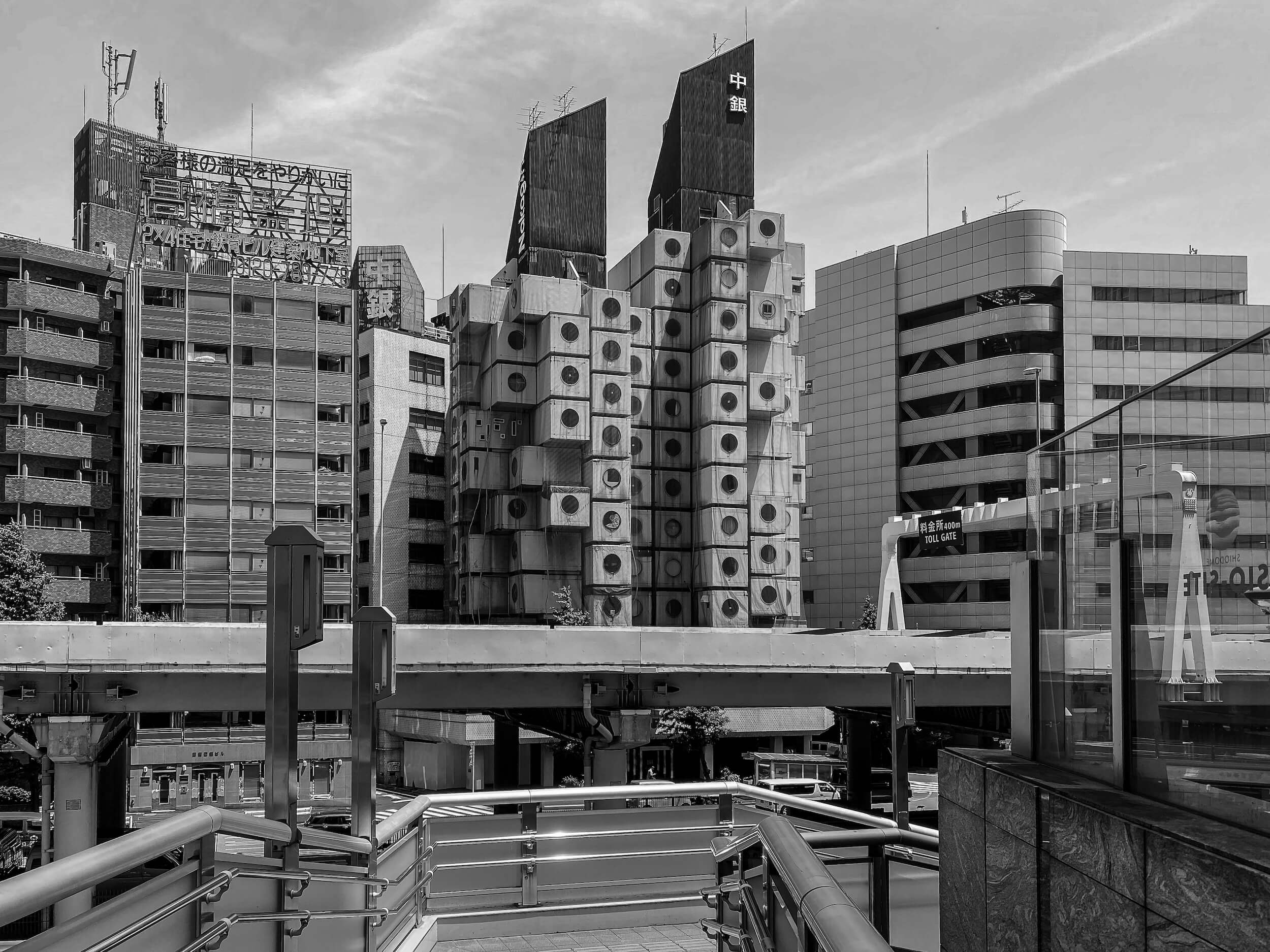
“There are certainly fans of architecture, both domestically and internationally, who want to keep it,” Maeda told J-Cast. “But we can’t say anything for sure about the [future] of the building.”
Launched in 2018, one effort to save the tower entailed renting more than two dozen individual capsules to adventurous types (to be clear, the tower is very much in a weird retro-futuristic state of semi-squalor) for month-long stints, although the COVID-19 pandemic largely put an end to that. As detailed by Fast Company last year, another effort has been the creation of “Metabolist” business cards that help to explain the unique design and architectural significance of the building. These and other activities were largely spearheaded by Nakagin Capsule Tower Preservation and Restoration Project, a collective of capsule owners led by Maeda.
In happier capsule news, another far-out structure designed by Kurokawa, 1973’s Capsule House K House in the Nagano Prefecture, was recently the subject of a well-publicized restoration campaign to refurbish the home and transform it into a singular rental property.








